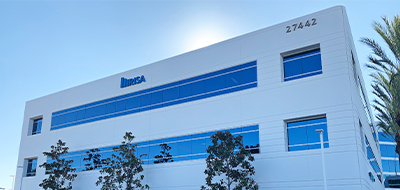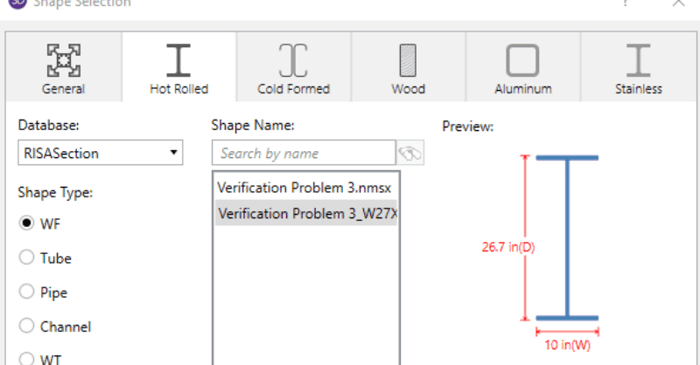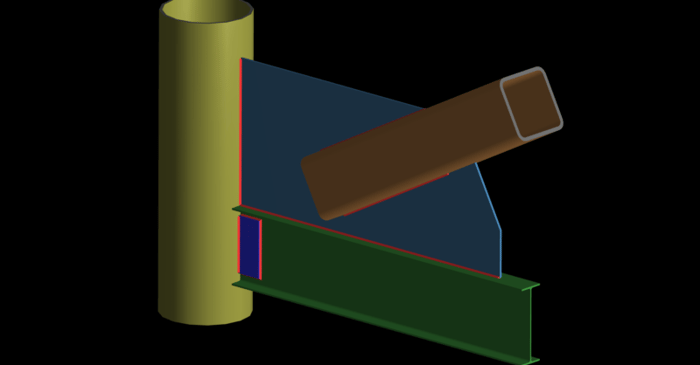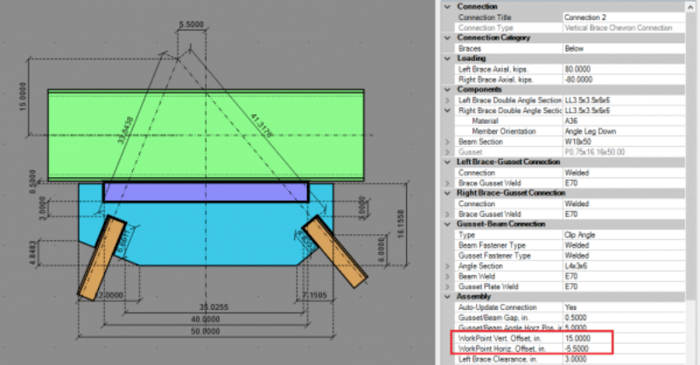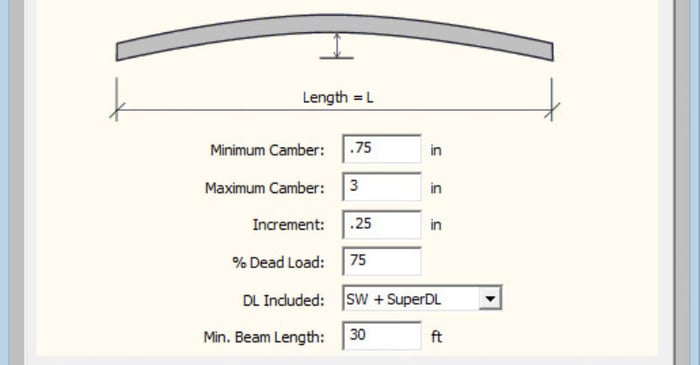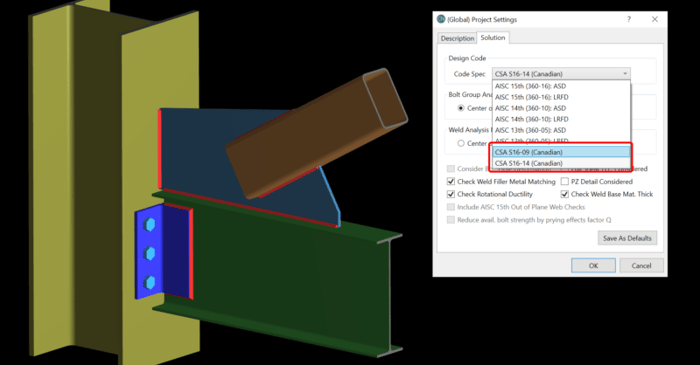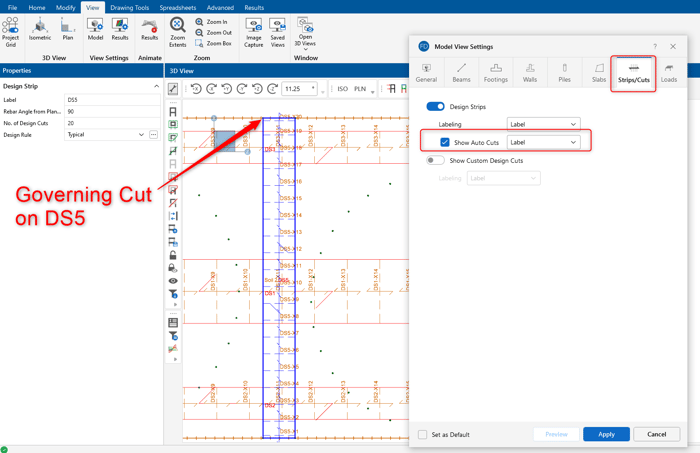
September 7, 2016
Understanding the Slab Design Cut Results
In RISAFoundation, the user has the ability to manually draw a single Design Cut anywhere on a slab. The Design Strips also automatically include Design Cuts which are used to determine the governing design forces in the Design Strip. For more detailed information on the specifics of Design Strip...



